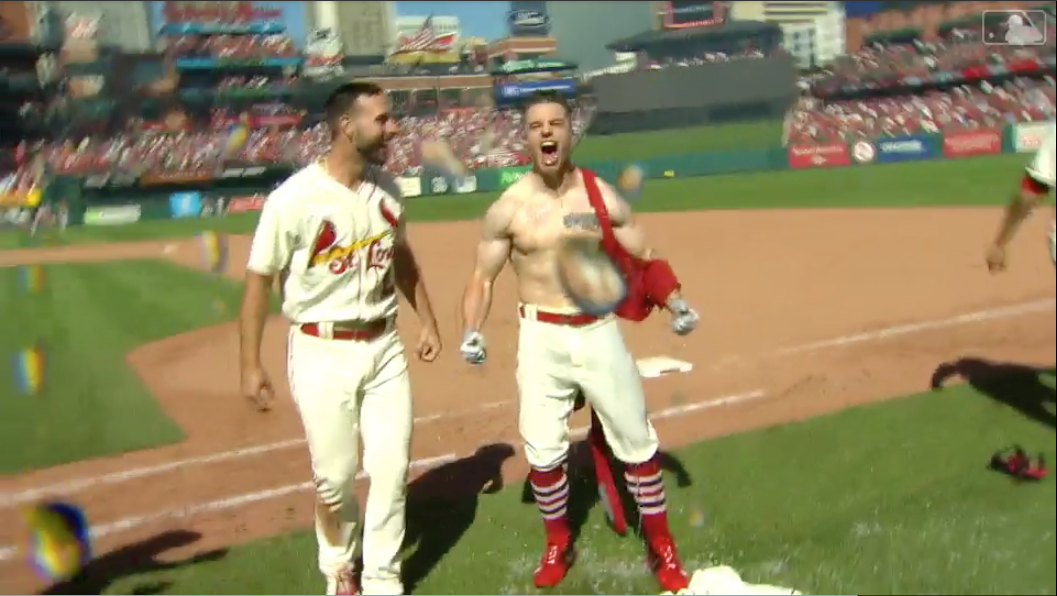Putting The “Trade” in the Trade Value Series
Last week, FanGraphs wrapped up our annual Trade Value Series. As a window into teams’ valuation of players, it’s an invaluable resource, built as it is from a mixture of industry sources. One thing it isn’t, though, is a list of players we realistically expect to be traded. The top 10 players on the list, for example, have an average of six years of team control remaining, and all of them except Vladimir Guerrero Jr. play for teams that are currently contending. They’re great theoretical trade pieces, in other words, but not likely to actually be traded.
That conundrum, the fact that the most valuable players are among the least likely to be traded, has always been a feature of the exercise. Mike Trout topped the list for five straight years at one point, for example, and was quite literally too valuable for teams to be able to acquire, even if the Angels had been willing to deal him. Evan Longoria, likewise, was a repeat Trade Value champion, but his first extension with the Rays made him so valuable to the team that they couldn’t even contemplate moving him.
Most of the time, then, the Trade Value Series is more of a Theoretical Value Series. Most isn’t all, however, and that’s where this article comes in. One of the benefits of having 12 years of trade values is that we can look at things that don’t happen all that often. If only 1% of top-50 players get traded, we should still have six results in our sample. With the benefit of aggregation, then, let’s take a look at how often the trade in trade value comes into play.
The first question you probably have is how often a player on the Trade Value list gets traded at all. The answer to that is tricky. For example, here are the number of Top-50 and honorable mention players traded within the next year after appearing on a FanGraphs Trade Value list:


